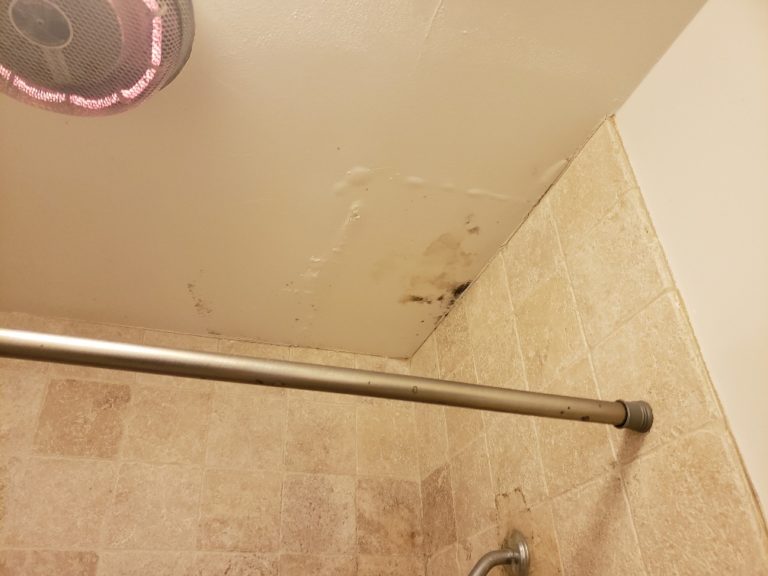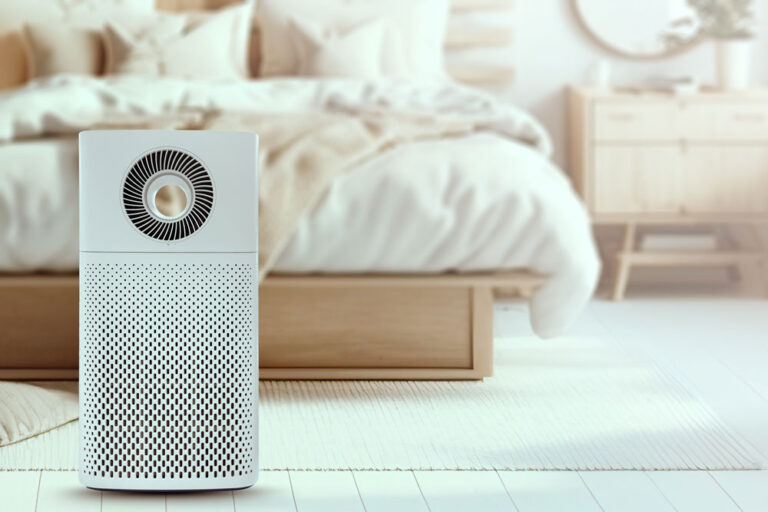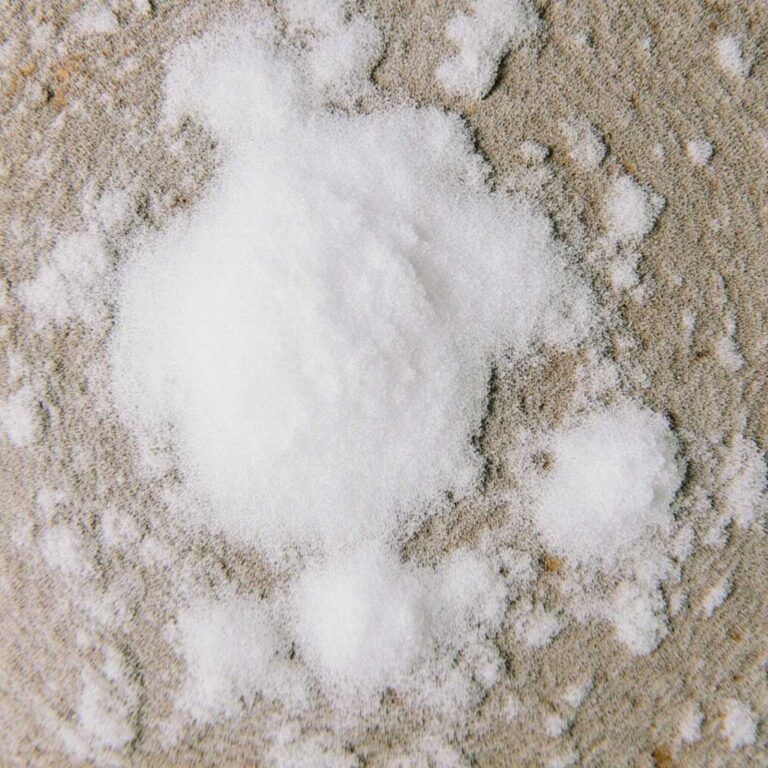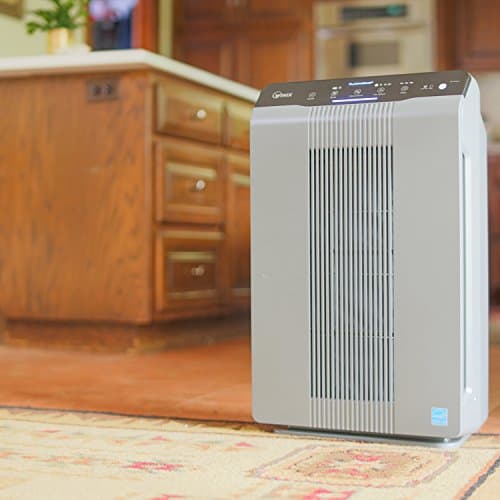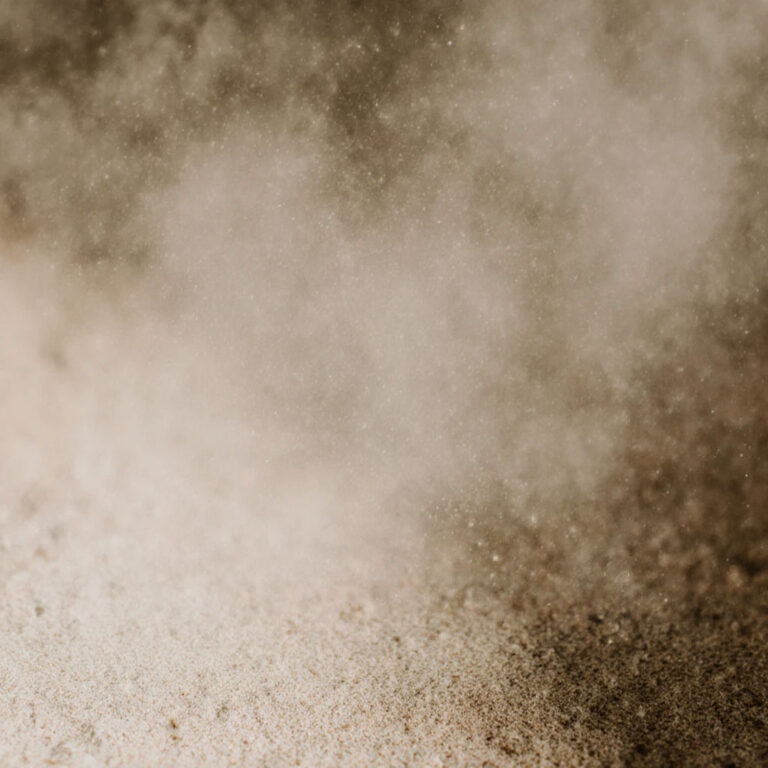Have you been feeling sick for months and no doctor can tell you why? It might be time to consider a different cause: mold.
Chronic Inflammatory Response Syndrome (CIRS) is a condition triggered by long-term exposure to mold and other biotoxins. It can lead to a wide range of symptoms, from brain fog and fatigue to muscle pain and mood changes. The tricky part? It often goes undiagnosed because it mimics so many other conditions.
That’s where CIRS testing comes in.
In this post, we’ll break down what a CIRS test is, how it works, and when you should consider taking one. If you’ve ever asked, “How do I test for CIRS?”—you’re in the right place.
What Is CIRS and Why Does It Matter?
CIRS, or Chronic Inflammatory Response Syndrome, is a complex illness that affects multiple systems in the body. It happens when your immune system gets stuck in “attack mode” after being exposed to harmful toxins—especially from indoor mold.
Unlike allergies or infections, CIRS doesn’t go away with rest or medication. It lingers. That’s what makes it so hard to diagnose and treat.
What Causes CIRS?
The condition is triggered by biotoxins—tiny poisonous compounds released by:
- Mold in water-damaged buildings
- Cyanobacteria in freshwater (like lakes or ponds)
- Dinoflagellates in saltwater (linked to red tides)
- Tick-borne infections like Lyme disease
Out of all these causes, mold exposure is one of the most common and overlooked sources. People who live or work in damp, poorly ventilated buildings are especially at risk. You might not even see visible mold, but your body reacts to it anyway.
If you’re constantly tired, foggy, or achy and can’t figure out why, it could be time to look at your environment. For more on this, check out this blog post: Warning signs of mold toxicity
Often Misdiagnosed
Research shows that mold-related illness can present with a wide range of symptoms, making diagnosis difficult without proper testing. That’s why CIRS is known as a “great imitator” because it shares symptoms with:
- Chronic fatigue syndrome
- Depression or anxiety
- Fibromyalgia
- Autoimmune disorders
Because of this, many people go years without a proper diagnosis. They’re told it’s all in their head—or prescribed treatments that don’t work.
When Should You Suspect CIRS After Mold Exposure?
Mold exposure doesn’t always end when the mold is removed. For some people, symptoms persist long after cleanup—and that’s when CIRS could be the real culprit.
Persistent Symptoms to Watch For
If you’ve been exposed to mold and still experience any of the following, you may want to dig deeper:
- Ongoing fatigue that rest doesn’t fix
- Brain fog or memory issues
- Frequent headaches or migraines
- Muscle or joint pain without a clear cause
- Sinus congestion or post-nasal drip that lingers
These symptoms can stretch on for months—even years—especially if your body has trouble clearing biotoxins from its system.
Mold Allergy vs. CIRS: What’s the Difference?
It’s easy to confuse CIRS with a mold allergy, but they’re not the same thing.
- Mold allergies affect the respiratory system. You’ll likely have sneezing, itchy eyes, or wheezing.
- CIRS is a full-body inflammatory response. It impacts memory, mood, sleep, digestion, pain levels, and even hormones.
Allergy meds won’t help with CIRS because it’s not about histamine. It’s your immune system stuck in overdrive.
What If You’ve Already Done Mold Remediation?
Sometimes, even after professional mold removal, people still don’t feel better. Why?
- The remediation may have missed hidden mold
- Mold fragments or toxins remain in porous materials
- Your body might have already developed a chronic inflammatory response
For families living in homes with recurring leaks, poor ventilation, or past water damage, the risk is even higher.
How to Test for CIRS
If you’re wondering how to test for CIRS, the process involves more than a single test. CIRS is complex and requires a combination of medical tests, symptom tracking, and sometimes genetic screening.
Here’s how to get tested for CIRS:
1. Blood Biomarkers
Doctors often start with bloodwork to check for immune system markers. These biomarkers are commonly elevated in people with CIRS:
- HLA-DR gene: Determines genetic susceptibility to biotoxins
- MMP-9: Linked to inflammation and tissue breakdown
- C4a: Marker for immune system activation
- TGF-beta1: Indicates immune dysfunction
- VEGF: Measures oxygen delivery at the cellular level
These tests help paint a picture of your immune response to biotoxins like mold.
2. VCS Test (Visual Contrast Sensitivity)
This is a quick and non-invasive test that checks how well you detect contrast in patterns. People with CIRS often have impaired visual contrast due to nerve and brain inflammation.
- Can be taken online or in a clinic
- Doesn’t diagnose CIRS on its own, but adds valuable data
3. Symptom Clusters (Shoemaker Protocol)
Doctors trained in the Shoemaker Protocol use specific symptom clusters to help identify CIRS. The idea is that people with CIRS tend to experience certain combinations of symptoms across multiple body systems; neurological, respiratory, gastrointestinal, and more.
If you meet the symptom criteria and have abnormal lab results, you may be diagnosed with CIRS.
4. Clinical Evaluation by a Mold-Literate Physician
Ultimately, a diagnosis of CIRS should come from a doctor who understands mold illness. These specialists consider your:
- Exposure history (e.g., water-damaged buildings)
- Symptoms across multiple systems
- Lab results and VCS findings
Not all doctors are trained in biotoxin illness, so finding a mold-literate physician is key.
The Role of Mold Inspections and Environmental Testing
Medical testing is only part of the solution—your environment plays a critical role too. If you’re dealing with CIRS or suspect mold exposure, environmental testing is essential to uncover the root cause.
Why Mold Inspections Matter
Mold isn’t always visible. It can grow behind walls, under flooring, or inside HVAC systems. A comprehensive mold inspection helps identify hidden contamination that may continue to trigger symptoms, even after treatment begins.
Learn more about what happens during an inspection in our guide: What You Can Expect During a Mold Inspection
Environmental Testing Supports Medical Recovery
If your home or workplace still contains mold or biotoxins, no amount of medication will fully resolve your symptoms. This is why environmental testing is a key part of recovery for people with CIRS.
Professional inspectors may use:
- Air and surface sampling
- Moisture meters
- Infrared cameras
- ERMI or HERTSMI-2 testing for identifying mold species and toxicity levels
Why You Need a Qualified Inspector
Not all inspectors have the training to detect low-level or hidden mold problems. It’s important to hire a certified and experienced professional who understands mold-related illnesses and knows how to interpret environmental results accurately.
Without properly identifying and remediating the source, exposure may continue—and so will your symptoms.
Why Mold Remediation Isn’t Always the End of the Story
Removing mold from your home is a major step—but it’s not always the finish line.
Biotoxins Can Linger in the Body
Even after mold is cleaned up, the biotoxins it produces can stay in your body for months or even years. These toxins may continue to trigger symptoms like fatigue, brain fog, or joint pain. This is especially true if your body struggles to eliminate them naturally.
This is why many people with CIRS need a combined approach that addresses both their environment and their internal health.
Medical Treatment Must Go Hand-in-Hand
Clearing mold from your home without supporting your body’s detox pathways often leads to partial or short-term relief. Treatments may include:
- Binding agents (like cholestyramine)
- Anti-inflammatory medications
- Lifestyle and dietary changes
- Support for detoxification and mitochondrial function
A mold-literate doctor can tailor a treatment plan based on lab results and your specific symptoms.
Chemical Overuse Can Backfire
Another issue? Some remediation efforts involve harsh chemicals. For sensitive individuals, especially those with CIRS, these chemicals can cause more harm than good.
Learn more about this risk: When Mold Treatments Make You Sick: The Hidden Dangers of Overused Chemicals at Home
In short, true recovery isn’t just about getting rid of mold. It’s about healing the whole person while maintaining a clean, non-toxic living space.
Final Thoughts: From Mystery Illness to Mold Clarity
CIRS can feel like a puzzle with missing pieces—but understanding the role of mold and biotoxins brings the picture into focus.
If you’ve struggled with strange, lingering symptoms and past mold exposure, it might be time to look deeper. With proper testing, environmental evaluation, and support from mold-literate professionals, recovery is possible.
Start by asking the right questions—and never ignore what your body is trying to tell you.
Frequently Asked Questions: CIRS and Mold Illness
Can you have CIRS without visible mold in your home?
Yes. Mold often hides behind walls, under floors, or in HVAC systems. Even if you don’t see mold, its toxins can still be in the air you breathe.
Is CIRS the same as a mold allergy?
No. Mold allergies trigger immediate symptoms like sneezing and watery eyes. CIRS is a chronic immune response to biotoxins and can affect multiple systems in the body.
Will symptoms go away after mold remediation?
Not always. While remediation removes the source, your body may still need help clearing out the biotoxins. Medical treatment is often necessary to fully recover.
Also Read
- Is Mold in the Attic Dangerous? Here’s What You Need to Know
Attic mold might seem harmless, but it can be a hidden source of biotoxins affecting your health. - Ghost Mold: The Invisible Threat Lurking After “Clean” Remediation Jobs
Even after cleanup, some homes continue to make people sick. Learn why. - Poria Incrassata: The Mold That Eats Your House from the Ground Up
This aggressive fungus doesn’t just spread—it destroys. Know the warning signs. - Moisture Meters You Can Buy to Keep Water Damage and Mold Away
Prevent future mold problems with tools that help you monitor moisture at home. - Can Mold Cause Cancer?
Explore the possible links between mold toxins and cancer—and what science says so far.









